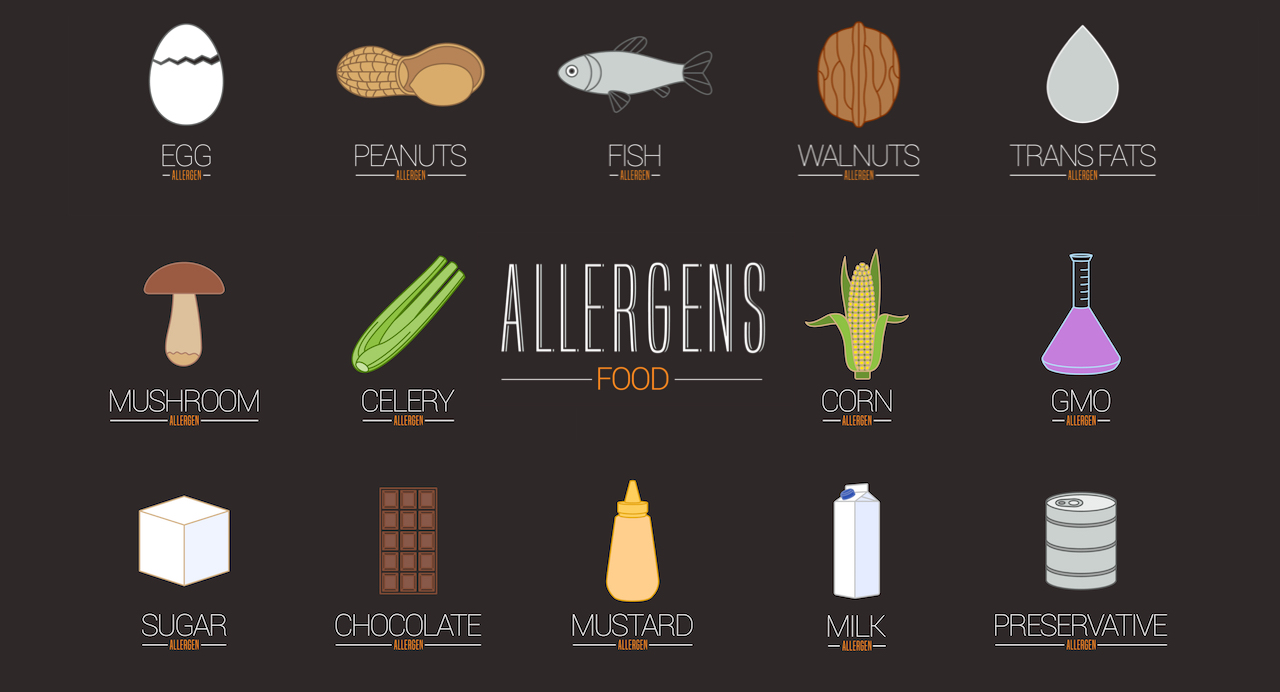You were all excited for that new gastronomic fusion cooking class, but alas, your stomach just doesn’t agree with the food. Which is strange, because you know you’re not allergic to any of the items.
So, what’s going on? Have you developed a recent food allergy, or is it intolerance? A food intolerance can manifest some of the same signs and symptoms as a food allergy, so it’s easy to confuse the two.
Food allergy
A food allergy means that your immune system is attacking what it thinks could be a harmful invader in your body. This causes immediate symptoms like a rash, itchiness and swelling. Sometimes, this reaction can be serious enough to be life-threatening. Unfortunately, food allergies can be complicated by other allergic conditions like asthma and atopic eczema.
The World Allergy Organization (WAO) warns that allergies are increasing at an alarming rate in developed and developing countries. This includes asthma in children and young adults.
Food intolerance
A food intolerance happens when certain foods can’t digest properly in your stomach, giving you aches and pains. In this case, your immune system isn’t involved – a food intolerance is solely about your digestive system.
Sorting out the problems
Skin prick tests or blood tests will help detect immunoglobin (IgE) antibodies to different foods in your blood, says the Allergy Foundation South Africa
A positive skin or blood test doesn’t necessarily mean you’re allergic; but rather “sensitised” to the food. You may be able to eat the food because other mechanisms in your body make them tolerable. If there aren’t clear results from the tests, your doctor may give you an oral food challenge or a feeding test. Here, you must eat food slowly in increasing amounts under supervision by your doctor.
It’s a bit risky, but sometimes it’s the only way to check if you’re truly allergic to a certain type of food.
8 common food allergens
- Milk
- Eggs
- Peanuts
- Tree nuts
- Soy
- Wheat
- Fish
- Shellfish
An anti-allergy diet
Identifying and removing allergies and sensitives is vital for your overall health. This way you know what to eat and completely avoid. You could be eating a healthy diet but still have reactions to certain foods because it takes one or two unidentified food allergens to start a problem. Try an elimination diet to help determine the culprits that cause your skin to flare up or create digestive issues. This short-term plan will eliminate the triggers; you can slowly reintroduce them one-by-one to see how they affect your system.
Start by eliminating all of these foods for 3 weeks, and then introducing one at a time. When you re-introduce the food, notice any symptoms you might have for a week or 2. If you have any of the symptoms when introducing the food, you know that you may have a sensitivity to it.
- Dairy
- Gluten
- Refined sugars
- Corn
- Fast foods
- Peanuts
- Alcohol
- Soy
- Spices and condiments
- Eggs
References:
- http://www.allergyfoundation.co.za/patient-information/en/allergic-diseases/food-allergy/
- https://www.unilever.com/sustainable-living/improving-health-and-well-being/improving-nutrition/nutrition-labelling/
- http://www.allergyfoundation.co.za/patient-information/en/allergic-diseases/food-allergy/
- https://www.aaaai.org/conditions-and-treatments/library/allergy-library/oral-food-challenge
- https://www.healthline.com/nutrition/elimination-diet#section5
- http://www.worldallergy.org/wao-white-book-on-allergy

